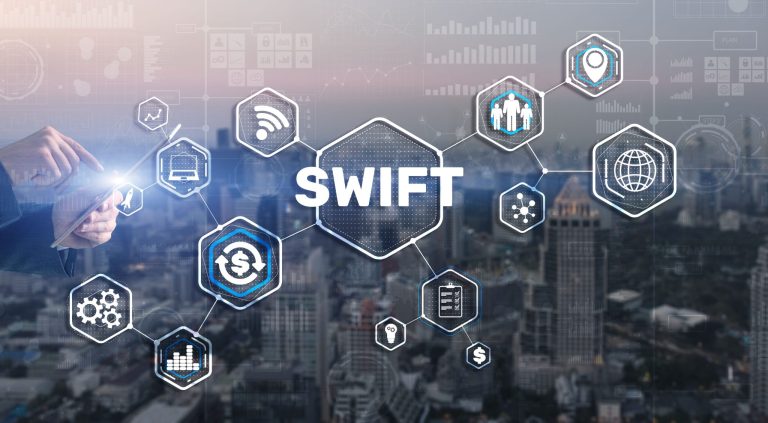
Changes in the Swift CSCF 2025: What You Need to Know

ISO 27001:2022 Deadline: What You Need to Know Before October 2025

Electric-power and gas companies are especially vulnerable to cyberattacks, but a structured approach that applies communication, organisational, and process frameworks can significantly reduce cyber-related risks. Working with key players in the energy industry to ensure they have the right IT and OT security controls and help them identify potential weaknesses.
Contact our Energy & Utilities Cyber Security Experts
The cyberthreats facing electric-power and gas companies include the typical threats that plague other industries: data theft, billing fraud, and ransomware. However, several characteristics of the energy sector heighten the risk and impact of cyberthreats against utilities. While most utilities have become aware of the risks associated with cybersecurity, inconsistencies still exist in their ability to secure funding to invest in OT and IT cybersecurity controls.
45
A total of 45 cybersecurity incidents targeting energy and commodities infrastructure have taken place since 2017.
24%
Energy sector became UK’s top target for cyberattacks in 2021.
$4.65 million
$4.65 million
The average cost of a data breach in the energy sector in 2021 is $4.65 million. Most attacks were social engineering attacks.
A supply chain attack happens when threat actors access an organization’s network via a third-party vendor or supplier. Access can be gained through viruses or malicious software, giving the attacker keys to sensitive information, customer records, and payment information. Because a supply chain can be large in scope, the attack itself can be difficult to trace.
Political cyberattacks may be made by domestic ‘hacktivists’ or nation-states using energy cyberattacks as part of a wider campaign to retaliate against geopolitical action. Ransomware attacks doubled in the first half of 2021, with 54.9% of victims in US. Risk of reprisal is low, since it is difficult to identify the source accurately.
IT and OT convergence has allowed organisations to improve efficiencies and reduce costs but has increased the risk of attack from external threat actors. Systems that were once previously isolated are now being inter-connected with cloud systems and traditional IT networks creating a vast attack surface for attackers. Organisations should design architectures that allow for the use of emerging technologies such as cloud but need to ensure appropriate technical controls are in place to reduce the risk of attack.
The energy sector faces great risk of ransomware attacks by ransomware gangs and nation-state threat actors. Not only can a ransomware attack disrupt the operation of an energy organisation, but it can also be costly to remediate. A ransomware attack on an energy provider’s systems could be catastrophic. Likewise, not having an incident response plan in place could be damaging to the organisation’s reputation.
Dionach has assisted business to build strong foundations for security, compliance, and operational excellence for 24 years.
Services include:
Energy cybersecurity attacks can damage human health and safety, as well as economies and national security. The energy sector must favour protection of the common good. Increasing cybercrime requires that a cybersecurity strategy that addresses specific cyberthreats in the energy and utilities sectors evolve around the following components-


Dionach’s cyber security experts have a solid history of working with Energy and utilities industries, delivering safe audits of critical Operational Technology (OT) and Process Control Networks (PCNs). As a trusted cyber security partner for Energy & Utilities organisations, our long standing 25-year background, combined with our in-house innovation and research team enable us to stay on top of the latest cyber security threats to Energy & Utilities and empower organisations to meet the challenges faced in today’s complex cyber security landscape.
Get a Quote our Energy & Utilities Cyber Security Experts




